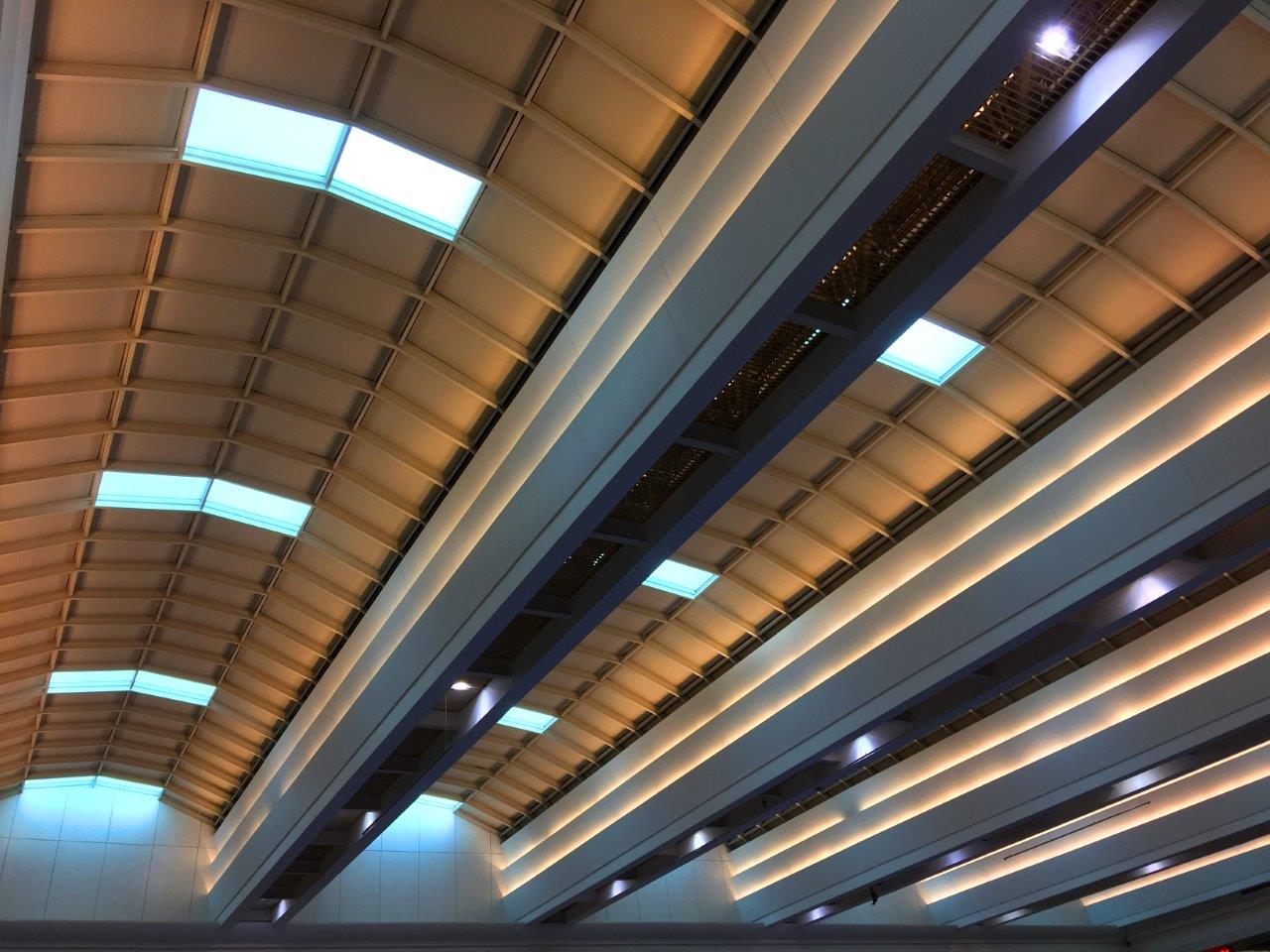How to Make Your Warehouse More Sustainable
What are some ways to make your warehouse more sustainable?
- Change lighting systems
- Using environmentally-friendly materials
- Set a schedule
- Upgrade the HVAC system
- Invest in sustainable packaging
The industrial age has brought about an unfortunate rise in the levels of greenhouse gas emissions in the Earth’s atmosphere. As such, many industries are shifting to more environmentally-friendly practices — including the logistics sector. If you’re a warehouse manager who hasn’t considered going green yet, then it’s time for you to take the necessary steps in making your warehouse more sustainable.
At first, the idea of changing most of your warehouse’s routinary practices into something more ecologically manageable might seem costly. This may be true in the beginning, but over time, you’ll realize how sustainable warehouse management can positively affect financial outcomes, employee productivity, and the like. If you want to learn more about the different ways of switching to more eco-friendly warehouse practices, then continue reading.
Change lighting systems

One simple practice you can do to make your warehouse more energy-efficient is by simply changing your lighting systems. An effective way by which you can do this is by changing your traditional bulbs into Light Emitting Diodes (or LED), or even Compact Fluorescent Lamps (CFL).
Perhaps you may have hesitations when it comes to shifting towards LED lighting – they cost more upfront after all. But the advantage in using them lies in the fact that they are more durable and can last for a much longer time compared to less energy-efficient light bulbs. LEDs use up around 90% less energy compared to other lighting options, making them more preferable.
The efficiency levels of CFLs, on the other hand, is four times that of the regular incandescent bulb. In particular, replacing a 100-watt incandescent with a 22-watt incandescent generates the same amount of light output, making the latter the more eco-friendly choice. Similar to LEDs, CFLs reduce energy wastage as they use up less electricity, while simultaneously lasting longer.
Using environmentally-friendly materials

Another good sustainable warehouse practice is done by switching your facility’s building materials into more sustainable options.
For example, you may have begun noticing that the paint on your warehouse walls has begun peeling off. Instead of using traditional paints that have the potential to release toxic air pollutants, you might want to consider applying a fresh coat of specialized paints. Using non-specialized paint not only releases paint fumes which can not only trigger allergies and headaches but can also release Volatile Organic Compounds that are harmful to the Earth’s ozone.
Specialized paints include natural paint which contains lower levels of those VOCs. Another benefit of using these paints is that they are made from natural materials like clay, citrus, and other types of minerals.
Setting a schedule

This next environmentally-friendly practice doesn’t necessarily involve drastic changes in the lighting systems or building materials. Going green in your warehouse can be as simple as rigid scheduling.
Forklifts are one of the most widely used machinery inside warehouses. They’re responsible for transporting large palettes from one point in the warehouse to another. However, the emissions of these forklifts which are powered by fuel-combustion can be harmful to the environment.
Aside from turning off the engines while not in use, one way to reduce these emissions is by making your machine operators stick to a scheduled time by which they will begin using the forklifts. This reduces unnecessary forklift usage. By sticking to a schedule, you’re also still ensuring the productivity levels of your warehouse operations are still maintaining a high level.
Upgrade the HVAC system

Not all warehouses are built for the same purpose. For warehouses who simply act as storage for non-perishable materials, the temperature isn’t much of an issue. On the other hand, warehouses with cold storage facilities need to maintain an optimal level to allow the storage of more perishable items for a longer period.
Cooling systems use up a large chunk of your warehouse’s electricity bill, but this does not mean that you shouldn’t turn them on at all just to save energy. One way of upgrading your warehouse’s HVAC system is by installing High-Volume, Low-Speed fans. These fans have been specifically manufactured to move large air columns at low speeds in order to regulate warehouse temperature. You can save as much as 50% on heating or cooling costs while still allowing your warehouse to become a conducive environment for housing different kinds of products.
Invest in sustainable packaging

In the supply chain structure, there are many different kinds of packaging which are used for final products ready to be distributed to the customers. These are internal packaging, which is what the customer sees, and external packaging which is what warehouses use.
You can already gain a sense of just how much packaging is used by such a warehouse. While you may not really be able to reduce this aspect of your business, what you can do instead is to invest in more sustainable and eco-friendly packaging. Instead of using non-biodegradable materials such as synthetic polymers and plastic, you may shift towards recyclable, food-grade, and biodegradable materials that can easily decompose once they’re disposed of.
Key Takeaway
Making your warehouse more sustainable can either be done through drastically altering endeavors such as changing building materials, or investing in energy-efficient lighting systems. However, this can also be as simple as sticking to a stringent forklift usage schedule, or using more biodegradable materials when it comes to external packaging.
As mentioned before, you don’t necessarily have to sacrifice anything when you begin integrating more sustainable methods into your processes. If they are costly in the beginning, then do not let this become an obstacle in transforming your warehouse into a fully functioning sustainable hub.
The simple guide above hopefully offers you with some tips on just how you can begin the journey towards a more Earth-friendly warehouse.
